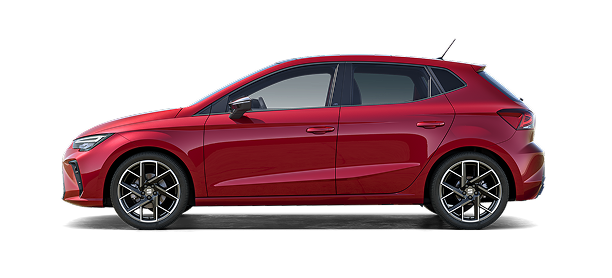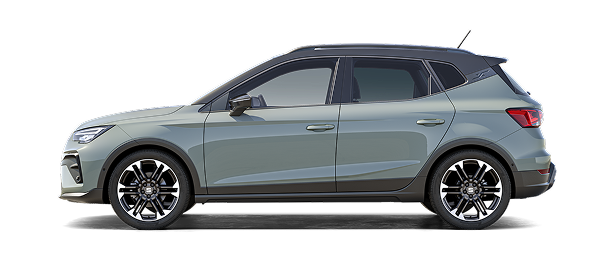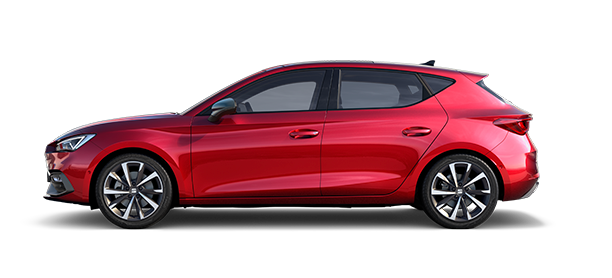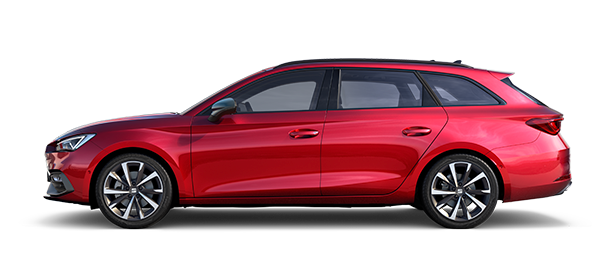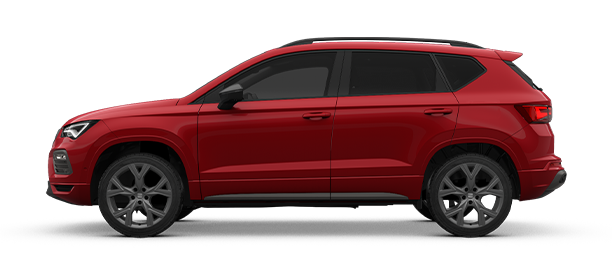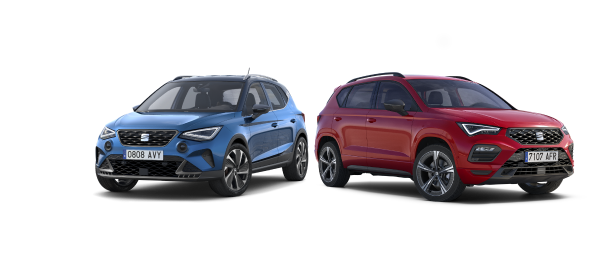Hybrid Car Chargers: A Complete Overview
With the rise of hybrid vehicles, there’s an increasing need to understand the different types of hybrid car chargers. Whether you're a first-time hybrid car owner or an experienced driver, it’s important to grasp the differences in charging types, speeds, and connectors to make the most of your hybrid vehicle. This guide provides a clear overview of hybrid electric car charging options, ranging from convenient home charging solutions to rapid chargers designed for quick stops on the go.
Understanding Hybrid Car Charging
Charging a hybrid car is different from refueling a traditional petrol or diesel vehicle. Instead of fueling up with gasoline, you recharge the hybrid’s battery using electricity. This electricity can come from a home charger or a public charging station. Here's what to know:
- Charging Levels: Chargers are categorised based on their power output, so the time it takes to charge your vehicle will depend on the type of charger used.
- Connector Types and Compatibility: Each hybrid model uses a specific connector type. It’s important to match the charging cable with your car’s socket to ensure compatibility.
- Charging Speeds: The charging speed depends on both the charger’s output and your hybrid’s battery capacity. The more powerful the charger, the faster the charging time.
For SEAT hybrid vehicles, you can charge using ultra-rapid chargers on long journeys or opt for overnight charging at home, depending on your preferences and driving needs.
Main Types of Hybrid Car Chargers
Slow-powered Chargers (up to 2.3 kW). Strongly recommended for domestic use, a lower driving demand and need to charge your car overnight. Plus, you can connect them to a standard three-pin plug.
Best For: Drivers with predictable daily routines who need a full charge overnight.
Charging Time: up to 8h 35 min for a complete charge from 0 to 100%
Connector Types: Type 2 connectors are commonly used, providing reliable performance for slower charging.
Fast Chargers (2,3–11 kW)
Fast chargers are found in public places like car parks, supermarkets, and some off-street parking spaces.
Though our PHEV can reach up to 11kW capacity with AC, the best option for your home is the Elli Charger 2, with up to 22kW charging capacity. This alternative is perfect to charge your car overnight or just plug it in a wallbox and get the most out of its smart functions.
Best For: Charging at shopping centers, workplaces, or at home using a charger like the SEAT Charger, which supports up to 22 kW of charging power.
Charging Time: 150 min from 0 -100% using a 11kW charging station
Connector Types: Type 2 connectors dominate this category and are compatible with SEAT hybrid models.
Rapid Chargers (50 kW)
Rapid chargers provide quicker charging times, especially on long journeys. They use DC power to rapidly charge the vehicle’s battery.
Best For: Quick stops on long trips when you need a fast top-up.
Charging Time: Use a 50kW DC charging station and go from a 10% battery charge to an 80% in just 26 minutes.
Connector Types: CCS (Combined Charging System) which is the most frequent connector for DC chargers across Europe.
Ultra-Rapid Chargers (100–350 kW)
Though the PHEV technically only supports a charging power of 50kW, these chargers represent the fastest option available in the market and are ideal for high-mileage drivers. Ultra-rapid chargers can be found at motorway service stations and can even be installed at home for faster charging.Best For: Drivers who need to charge in the shortest time possible, perfect for high-mileage driving.
Charging Time: Around 20 minutes to reach 80% charge.
Connector Types: CCS remains the standard connector type for ultra-rapid chargers and is fully compatible with SEAT’s hybrid models.
Types of Home Hybrid Car Chargers
For SEAT hybrid drivers, home charging offers ultimate convenience and flexibility. You can choose from tethered or untethered chargers based on your needs.
Tethered Chargers: These chargers come with a fixed cable, meaning you don’t need to carry a separate charging cable with you. The cable is specifically designed to work with your SEAT hybrid model.
Untethered Chargers: The most common option in public charging stations. They allow you to use your own charging cable for these chargers (available for optional purchase), providing more flexibility in case you need to switch between different types of vehicles or connectors. It is ideal for multiple makes and models.
Before installing a charger, ensure that your setup meets the optimal conditions. Also, consult a professional to verify that the charger is compatible with your vehicle and to receive tips on how to maximize the efficiency of your electrical system. Find out more about installation and compatibility here. It’s also recommended to consult a professional to ensure the charger is compatible with your hybrid vehicle.
For safety and efficiency, always use official or SEAT-approved chargers and cables.
H2: Planning Your Charging Strategy
As more electric and hybrid cars hit the road, planning where and how to charge is key. To understand SEAT's full range of hybrid charging solutions, visit the official charging overview. Use SEAT's charging maps and tools, accessible via the app, to locate nearby chargers.
Home Charging: Ideal for overnight charging using a slow or fast charger.
Public Fast and Rapid Charging: Perfect for day-to-day needs or longer trips where you need a quick top-up.
Additionally, charging your SEAT hybrid with renewable energy, such as solar power, can further reduce your environmental impact, making your driving experience even more eco-friendly.





